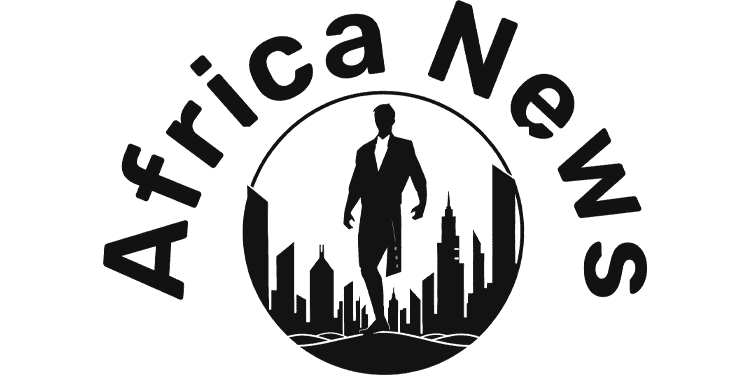Current Situation
El Geneina and surrounding areas of West Darfur state straddle two zones, the Western Agropastoral Millet (SD 13) and Rainfed Sorghum Belt (SD 11). In the Western Agropastoral Millet zone, only drought-resistant millet is reliably produced. Households also grow watermelon, hibiscus, and okra in low-lying areas. Given limited agricultural productivity, livestock sales account for most of the better-off and middle groups’ cash income, while poor household income mainly comes from labor, self-employment, and petty trade.
Conflict and displacement: Historically, West Darfur has faced frequent communal and ethnic conflict rooted in tensions over scarce natural resources that led to extensive, protracted internal displacement, systemic-level destruction of livelihood systems, and widespread asset-stripping. According to IOM DTM data collected just prior to the start of this war in March 2023, a total of 479,135 people were estimated to be facing protracted displacement in West Darfur, 41 percent of whom were living in camps in the El Geneina locality. While most of the protracted displacement occurred between 2003 and 2010, the situation significantly deteriorated in 2021 and 2022 amid renewed violent clashes.
Since the start of the current conflict in April 2023, West Darfur state in general and El Geneina locality in particular have been among the worst-affected areas in Sudan, with the largest atrocities occurring in April and May, June, and again in November 2023. Many of the attacks focused on protracted IDP camps in El Geneina, including Ardamata and Dorti, as well as in the Al-Kabri neighborhood that houses a majority Masalit population. However, at least seven other towns in West Darfur state have been attacked and burned, some almost completely, since the start of the conflict. The violence in 2023 and into 2024 has resulted in large-scale additional displacement, with nearly 560,000 fleeing across the border to Chad, many anticipated to have originated from West Darfur and likely to have been among the protracted displacements. Indeed, according to a consolidation exercise conducted by IOM DTM, the number of internally displaced overall in West Darfur has declined from the pre-current war figures (479,135) to an anticipated 261,791 IDPs now, reportedly attributed to the large flows to Chad. Households that did not flee to Chad have largely gone to rural parts of El Geneina locality (28,420) or other parts of West Darfur, including Jebel Moon (37,090), Kulbus (29,560), and Sirba (26,100) localities, with El Geneina town mostly de-populated. Since the attacks in November in El Geneina, the situation across the state has been relatively calm, albeit tense and volatile.
Crop production: Given the timeline of attacks in El Geneina, which interfered with field preparation, cultivation, and harvesting, it is anticipated that crop production in the locality was significantly below average, and many households were completely unable to cultivate. The displaced are likely highly reliant on relatives and communities that did manage to cultivate in surrounding localities, which is likely to strain how long these harvests can last.
Access to income sources: Collection and sale of firewood, charcoal, and grass is typically an important source of income for very poor and poor households in February. Tending of livestock for wealthier households and engagement in petty trade are also typically important sources. While direct clashes have decreased since November and households have likely expanded reliance on these sources as main coping mechanisms to enable them to purchase food, access to these income opportunities is nonetheless expected to be below average given ongoing insecurity. Households are expected to have significantly increased dependence on remittances and community support (sharing resources among multiple households), although remittances are also likely constrained, given the disruptions to telecommunication networks.
Trade flows and market functionality: The persistently poor security situation continues to limit market trade flows into and within Greater Darfur, with the El Geneina market reportedly among the most severely impacted markets in terms of functionality, given the intensity of conflict there. The main market in El Geneina has been completely looted, and shops and stores have been mostly destroyed. People continue to depend on some alternative small temporary markets near their neighborhoods, but supplies to the markets remain low. Informal cross-border trade from Chad is reportedly ongoing, but it is difficult to determine the volumes. According to FEWS NET observations and key informant interviews in early February at the Adre border point, up to 300 carts were moving across the border daily into West Darfur, carrying Chadian and Libyan goods even into the interior of Darfur. The traders tend to have close ties with RSF and thus can mitigate the insecurity and cost of such movements.
Staple food prices: Overall, staple food prices in El Geneina remain atypically high even during the post-harvest period, driven by supply shortages and high transportation costs. In February, the average millet price declined by 17 percent from peaks in August and September but remained 79 percent above the same time last year (February 2023). Sorghum, which typically comes from other areas, was 27 percent higher than the peak lean season prices in August and September and 188 percent above the same time last year (Figure 13). High staple food prices, coupled with reduced access to income due to persisting insecurity, have significantly reduced households’ purchasing ability.
Source link : https://fews.net/east-africa/sudan/food-security-outlook/february-2024
Author :
Publish date : 2024-02-05 08:00:00
Copyright for syndicated content belongs to the linked Source.
